After seeing one of the Garage Collective posters I put up here a couple months back (see below: a poster to announce an art show supporting creative resistance to the New Zealand state), Lincoln Cushing sent me images of 2 historical posters from the AOUON Poster Archive (which he is currently cataloging). The first, from Cuba, is the likely origin point of the flower pattern. The poster is an advertisement for a 1979 film about the Ethiopian Revolution, created by Cuban poster designer and illustrator Eduardo Munoz Bachs (more info about Cuban posters can be found in Cushing’s book ¡Revolucion! Cuban Poster Art. I also just found this blog about Cuban posters HERE). The second, from Oakland, borrows and re-purposes the flowers, this time for an anti-recruitment protest poster, likely from 1983. Thanks Lincoln!
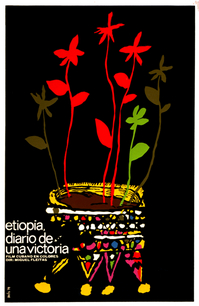
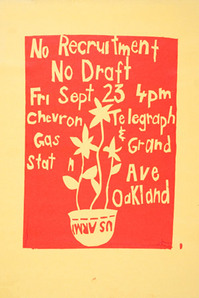

Evolution of a Poster
December 9, 2009




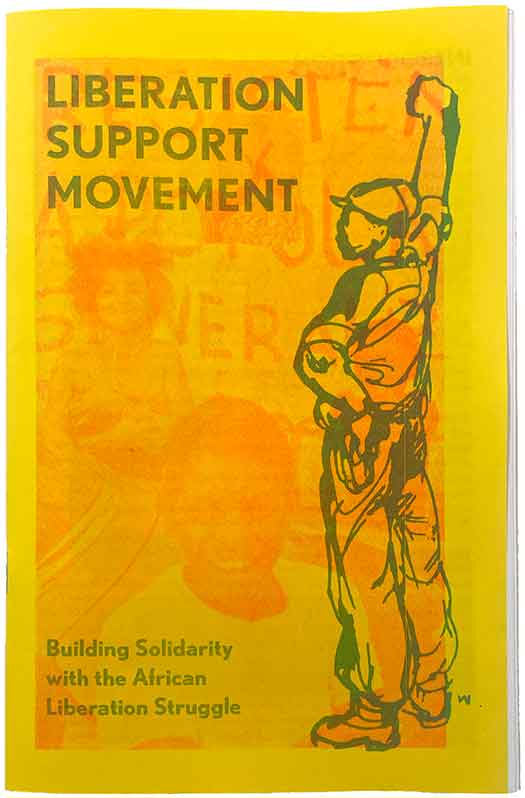

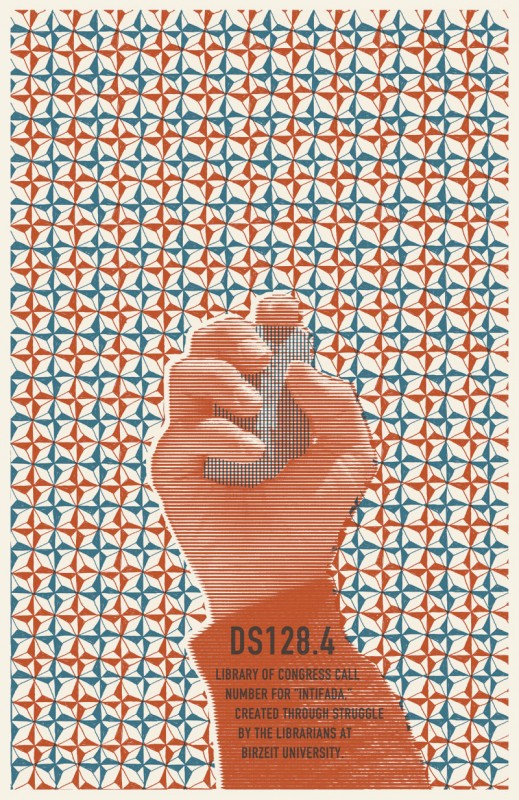
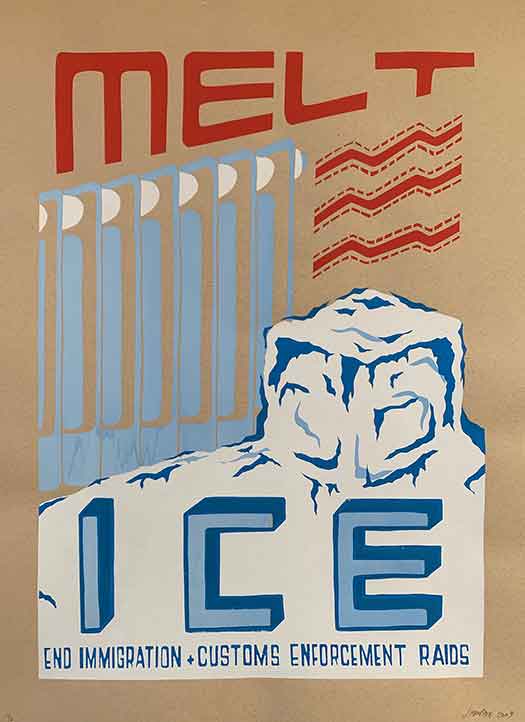
j
i like the collection of images of transformation from militarism to life and resistance. swords into plowshares of sorts.
just a reminder that SOA Watch’s newspaper “¡Presente!” uses similiar imagery, and i also designed a ‘younger’ version for a fundraising poster for SOAW.org
¡Presente! logo:
http://rvltndesign.com/uploads/media/art/logos/presente.gif
¡Presente! online:
http://soaw.org/presente/index.php
SOAW.org fundraising poster:
http://www.soaw.org/presente/images/pdf/PresentePosterVol14Nr3.pdf
The Center for the Study of Political Graphics pointed out you could do a similar lineup with this poster about incarcerated women and the one I did about the overall US incarceration rate, having never seen the other. There’s a shared visual language, and a giving of props to history, that makes me so glad for Lincoln’s knowledge and reminders about the background of radical graphics – the same goes for CSPG archiving efforts.
There’s a difference between these examples. The two comments describe genuinely parallel designs based on basic concepts (a lot of posters use the graphic image of massed human silhouettes to denote statistics, as in James’s example) or similar visual treatments of a basic concept (as in Cesar’s example). The three I tossed out directly copy the imagery. I’m not beating on them for doing so – artists take shortcuts all the time, and this was plagiarism of the most benign form. What I find fascinating is, where and how did each subsequent artist see the source they copied? Books used to be the vector, now it’s probably moving to the web.
Well, we can figure out how Jared found the Cuban poster pretty easy, we can just ask him. But the exchange between the Cuban and Oakland posters seems more mysterious, as the Bachs poster was made long after Sturmer’s widely available Cuban poster book came out (thus not included in it), and the Cuban film posters seem to have circulated less in US political circles than the OCLAE and OSPAAAL posters. Any ideas, Lincoln?
I also noticed the the date and time for the Oakland poster line up for 1983, but also 1977. What are the chances that the Oakland poster came first? 1977 seems a more likely year to have a protest around the draft. Any chance Bachs traveled to the Bay Area? That would be a wild twist to the story!
1977 won’t work. The devil’s in the details. Before 1984, Chevron was Standard Oil. This is the kind of crazy detail original catalogers have to deal with.
The question of where the Oakland people saw the original Cuban poster is still a mystery. Jared says that there is a credit to Bachs on his poster, and he did see it in my book.
If I hadnt come across your blog I would not have been referred to Lincoln Cushing’s work.
Thank you